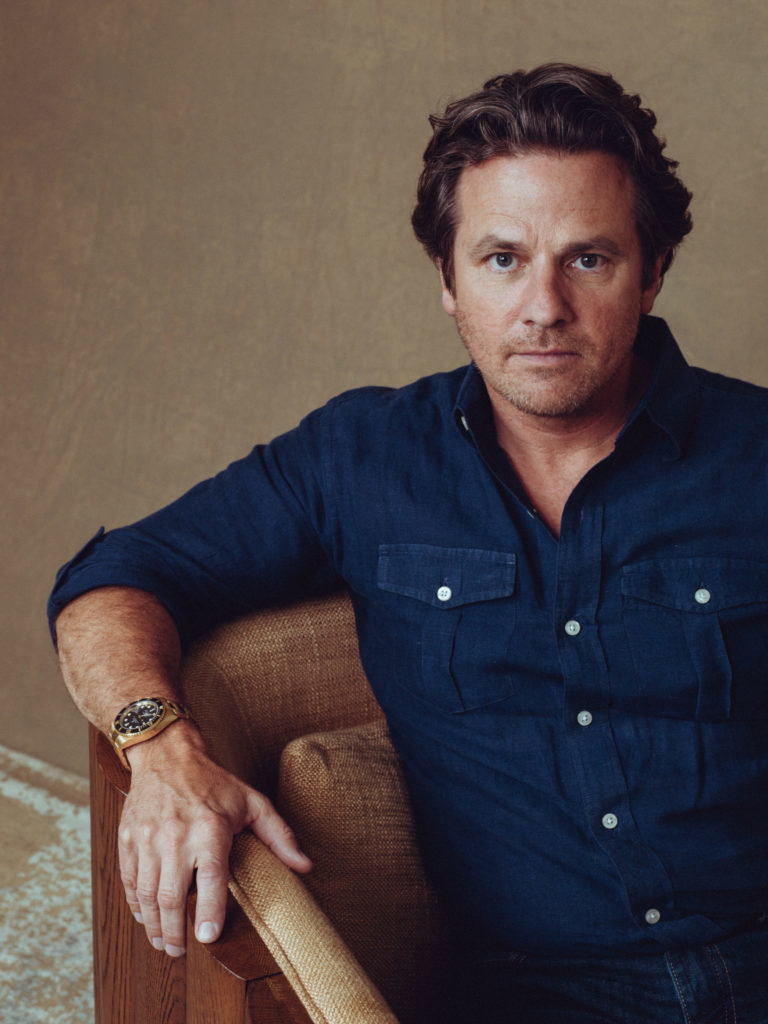
Thank you for visiting. All you love about Juniper is being rolled into our signature Eric Brand moniker, all in one site. Please come visit the whole EB family at:
www.ericbrand.com

 |
|
|
Thank you for visiting. All you love about Juniper is being rolled into our signature Eric Brand moniker, all in one site. Please come visit the whole EB family at: 
|
|